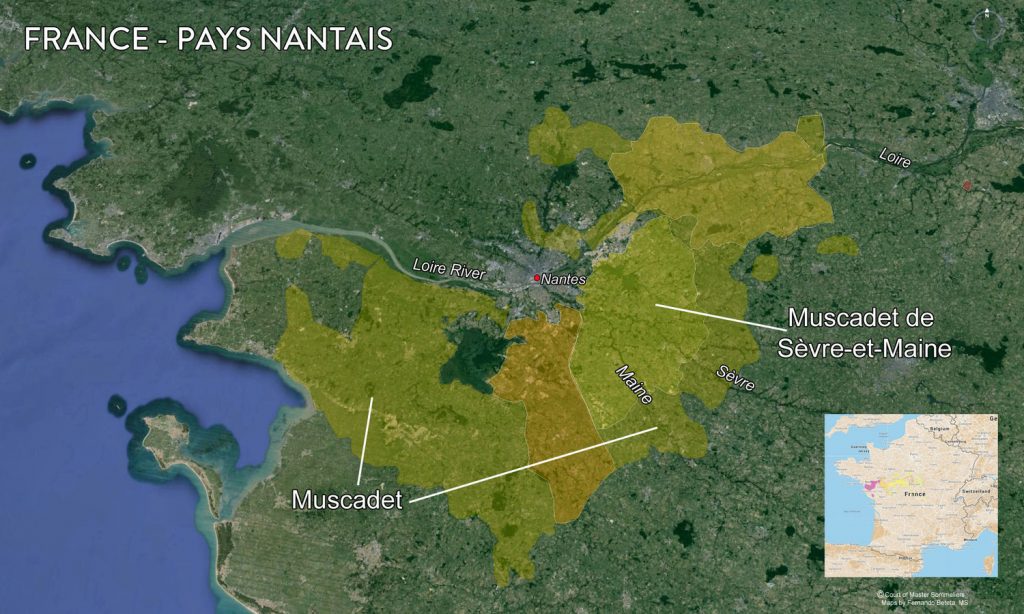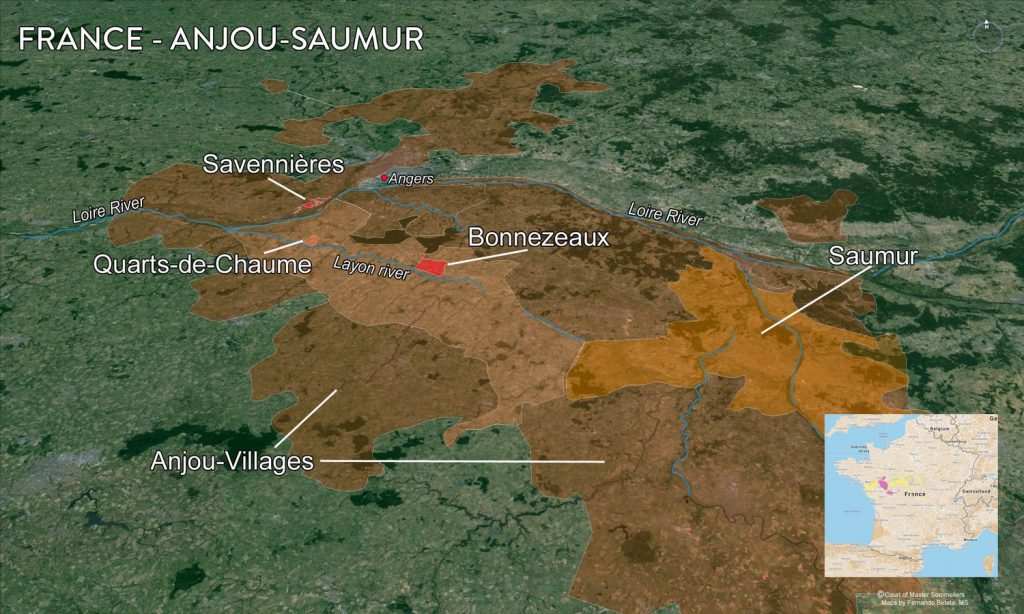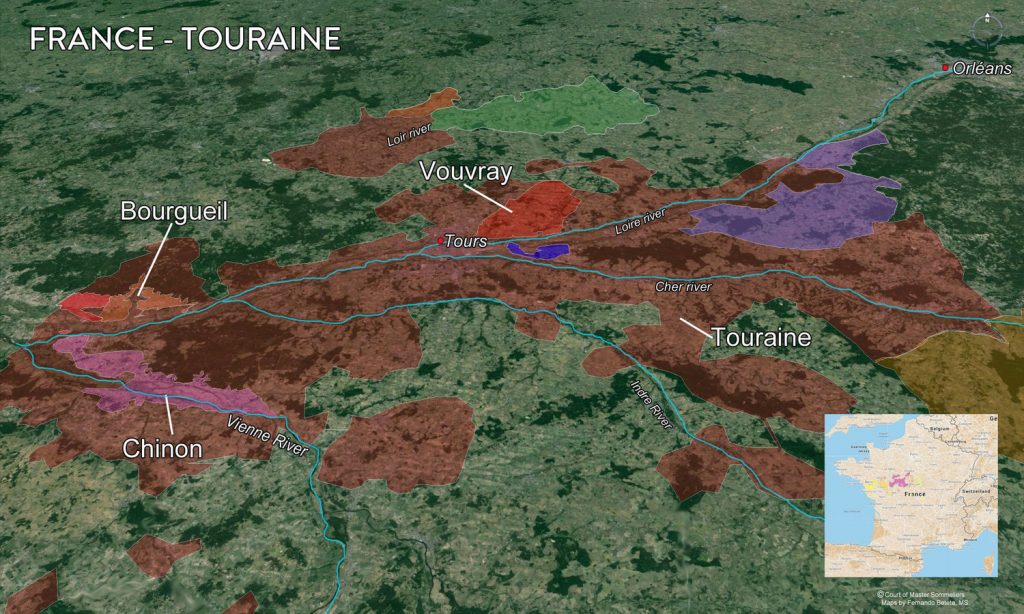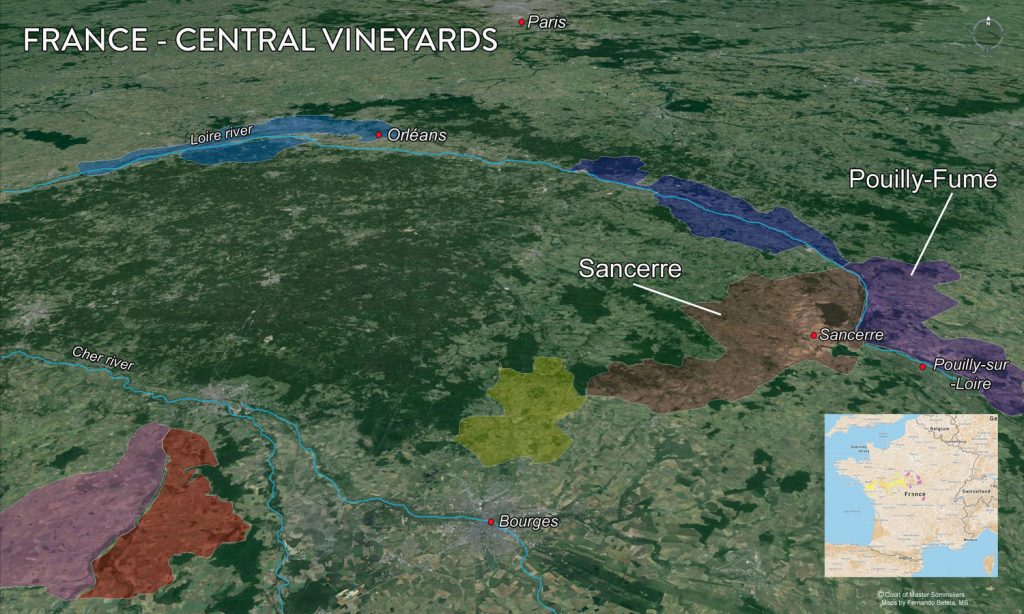In addition to its rich history and castles straight out of fairy tales, the Loire Valley—also referred to as the Garden of France—is a haven for wine enthusiasts. The third-largest wine-producing region in France, spanning more than 1,000 kilometres along the Loire River, is also one of the most varied in terms of grape varieties, soil types, and styles. This lush area is known as the birthplace of French wine culture because of its diverse terroirs and customs.
A Record Shaped by Time and Waves
The Romans brought winemaking to the Loire Valley in the first century AD, marking the beginning of the region’s viticultural history. Monastic orders, especially Benedictine and Cistercian monks, were in charge of the thriving vineyards by the early Middle Ages. By the Renaissance, the region’s wines were on the tables of English monarchy and Parisian nobility thanks to its advantageous location close to the Loire River, which encouraged trade.
The Loire came to represent elegance and refinement during the time of the French kings, many of whom lived there. The Loire Valley’s cultural and natural landscapes earned it UNESCO World Heritage designation in 2000, demonstrating how enduring its legacy is.
The Four Subregions: Distinctive But Similar
The wine area of the Loire Valley extends from the central French hills around Sancerre to the Atlantic coast near Nantes. Traditionally, it is separated into four subregions, each with distinct traits:
Nantais Pays The Impact of the Maritime Sector

Location Around Nantes, the area closest to the Atlantic.
Soil Types Sand and gravel soils predominate over schist, granite, and gneiss.
Climate maritime, cool, and heavily influenced by the ocean.
Types of Grapes The main grape used to make crisp, mineral-forward Muscadet wines is melon de Bourgogne.
The Pays Nantais wines, especially Muscadet Sèvre et Maine, are well-known with their saline undertones, sharp acidity, and oyster paring. To add depth and creaminess, some are matured sur lie, or on the lees.
Anjou-Saumur A Adaptable Heart Region

Location Around the cities of Saumur and Angers, further inland.
Anjou soil types include volcanic, slate, and schist. Chalky tuffeau limestone is found in Saumur.
Climate Maritime to Continental Shift.
Types of Grapes
White wines: Chenin Blanc (sweet, dry, and effervescent).
Reds: Cabernet Sauvignon, Grolleau, and Cabernet Franc.
Rose Cabernet Franc, Grolleau.
Diversity is abundant in this subregion. While Saumur is known for its sparkling wines and the sophisticated reds of Saumur-Champigny, Anjou is known for its rich, honeyed sweet wines of the Coteaux du Layon.
Touraine The Pinnacle of the Loire

Location Vouvray and Chinon are included in the Tours area.
Types of Soils Riverbank sandy soils. Further inland are flinty perruches and clay-limestone.
Continental climate with a moderating impact from rivers.
Types of Grapes
Whites Sauvignon Blanc and Chenin Blanc.
Reds Malbec (known locally as Cat), Cabernet Franc, and Gamay.
The Loire in miniature is Touraine. While the reds of Chinon and Bourgueil highlight the elegance of Cabernet Franc, the sparkling and age-worthy whites of Vouvray illustrate the adaptability of Chenin Blanc. In Touraine AOC, Sauvignon Blanc flourishes and yields crisp, fragrant white wines.
Central Vineyards The Eastern Edge of the Loire

Location Sancerre, Pouilly-Fumé, and the farthest inland.
Types of Soil
Sancerre Silex (flint), clay, and limestone.
Pouilly-Fume Clay-limestone and flinty terres blanches (chalky marl).
The climate is semi-continental, with scorching summers and frigid winters.
Types of Grapes
Sauvignon Blanc (Sancerre, Pouilly-Fumé) is a white wine.
Pinot Noir is used in reds and rosés.
These vineyards produce some of the best Sauvignon Blancs in the world, making them the wine’s spiritual home. While Pouilly-Fumé delivers smokey, flinty undertones, Sancerre is renowned for its zesty citrus and mineral accuracy. The addition of Pinot Noir gives the reds a subtle Burgundian touch.
Grape Types A Harmony of Tastes
There is an impressive variety of grapes in the Loire Valley, with some varietals being preferred in each subregion. Important participants include:
The mainstay of Loire whites, Chenin Blanc can be effervescent, lusciously sweet (moelleux), or bone-dry (sec).
The trademark red grape, Cabernet Franc, yields a wide range of wines, from fruity and light to age-worthy and complex.
The star of the Central Vineyards, Sauvignon Blanc produces lively, fragrant white wines.
Melon de Bourgogne Only found in Pays Nantais, this fruit produces mineral-forward Muscadet wines.
Others The region’s diversity is enhanced by Grolleau, Gamay, Pinot Noir, Cabernet Sauvignon and Cot.